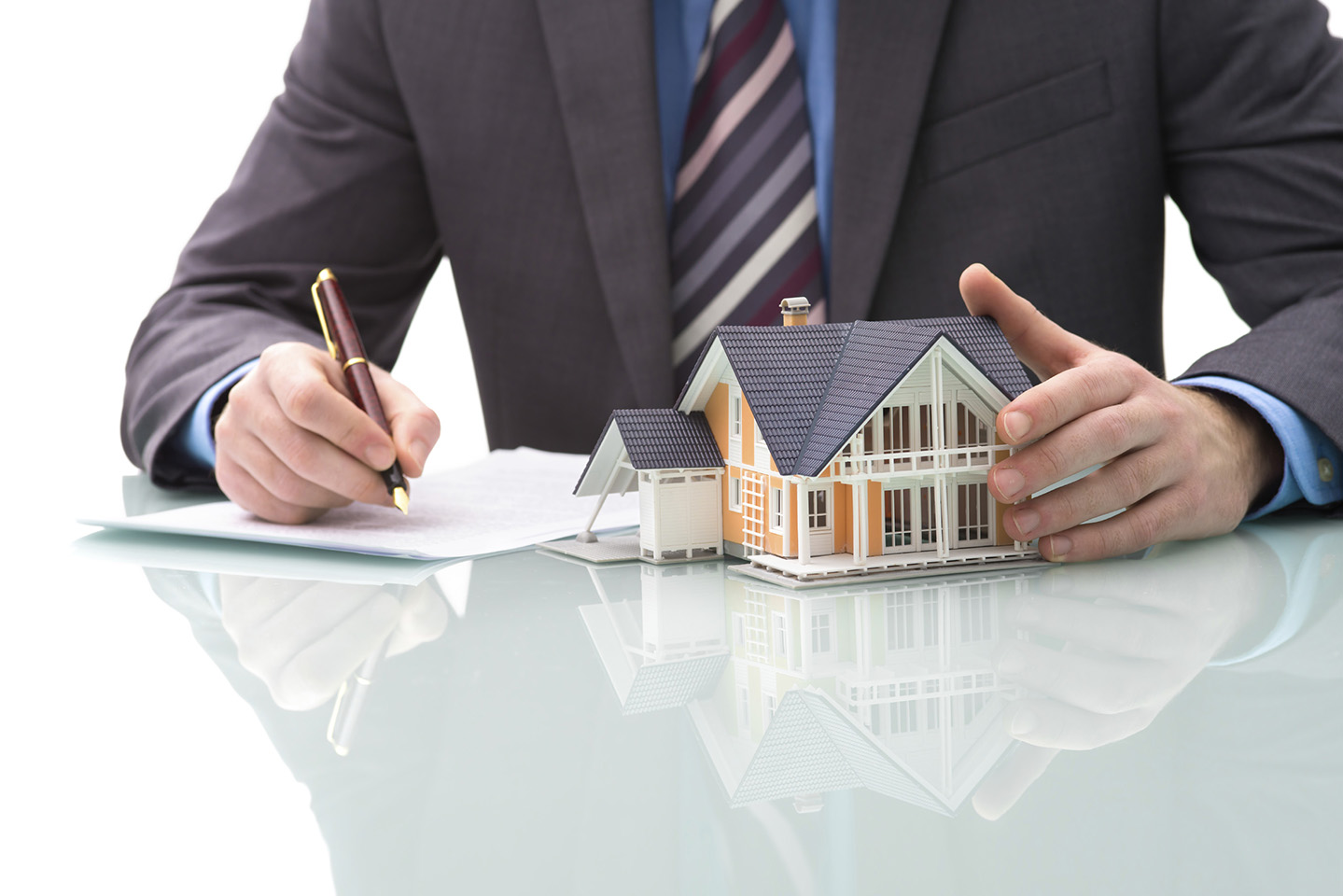So you wanna be a rehabber? Before I give you my Top 10 List, I want you to know that I have been an active real estate investor for only two years. I started by visiting Creative Real Estate Online. It has been crucial to my success.
I’ve done mostly wholesaling, short sales, pre-construction sales, and pre-foreclosures. My partners and I are in the middle of six rehabs simultaneously, so you can imagine how busy we are.
We will do approximately twenty this year. At least, that is our target. It is important to remember that when I started, I knew absolutely nothing, just like many of you. If I can do it, so can you. That being said, here’s my Top 10 List for Rehabbing:
1. Estimating rehab costs
The biggest question I got was how to estimate the cost of repairs so you can figure out what to sell the property for. When I do a walk through, I look at four things: roof, structure, plumbing and electrical. These are the biggest expenses AND all require permits.
-
Roof: Look at the fascia and sofit for signs of wood root or termite damage. Look at the top of the roof for loose shingles. Look at the ceilings for water stains or discolorations or holes.
-
Structure: I walk around the property looking for cracks in the foundation. If you’ve got a structural problem, it’s expensive ($7,500 – $30,000) to repair and could kill your deal.
-
Plumbing: Look under the sinks in the kitchen and bathrooms. Look at the floor to see if there are any uneven spots and shower stalls for leaks. Most of all–look outside the property for any large trees with roots that are growing under the house. That could cause major plumbing headaches.
-
Electrical: Fuse box or breakers? How long since the electrical was updated? Check the air conditioning unit. I always get an electrician to check out the house if I am not sure.
Also, tile or carpet? Depending on the area and demographics, folks prefer one or the other. Best to know which one. Assume you will have to paint inside and out and do some minor landscaping. Don’t forget to take the pulse of the neighborhood. Pride of ownership or run down properties? Close to public transportation, shopping, and schools?
If you break it down like this, after a while, you will know what things costs, and you can estimate repairs before rehabbing or wholesaling it to another investor.
2. To Handyman or no handyman?
There are two ways to rehab: Do it yourself or hire someone. There are pros and cons to both. If you can do it, you save money on labor. The downside is that if you don’t fix according to code, you will have major problems. If you have a day job that only leaves you nights and weekends. It might drag on for months.
With rehabbers, you have the cost of labor; and you have to make sure they do a good job; but they can do it in a lot less time than it would take you. That means you sell it faster and move on to your next deal. Now, I only work with rehabbers who are referred to me by other investors.
If I have to use a new one I don’t know, I always give them a small project to see how they do. If satisfied, they get more work. Otherwise, I show them the door. We currently have three crews, and we pay them well. Getting doughnuts and coffee for them is a nice gesture when you stop by in the morning. You must manage the project yourself. I inspect the properties daily.
You can them in milestones or weekly payments. With milestones, when they finish the kitchen, they get X amount; the bathroom, X amount, and so on. Weekly payments are fine as long as they don’t get behind. If you’ve paid the rehabber 75%, but he’s only completed 50% of the work, how are you going to handle this? This is why you need to stay on top of them each day.
3. Logistics, supplies, and expenses
Unless you’re with Home Depot or Lowe’s, pay your rehabber a bit extra to help you get the supplies. Of course, it is not uncommon to make four or five trips daily to get supplies. Most rehabbers expect all the supplies to be there for them, but you make sure they bring their own tools for the job.
With the six projects going right now, we have given each one of our project managers a $500 gift card from Home Depot. They give us all the receipts. When they run out, we get them another gift card. We pay them a bit extra to get the supplies they need. They have been working for us for a while now, so we trust them.
Otherwise, we would make the trips ourselves, and we need to focus on acquiring more properties. If you’ve got properties that are fifteen miles apart, you have the travel time to consider. I am fortunate that five of my rehabs are within three miles of each other–easier for me and easier for my crews.
Read More of this article by Jonathan Mednick: http://bit.ly/2qhtMkO







Leave A Comment